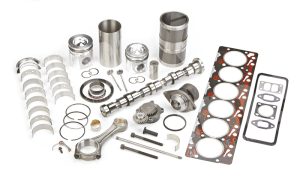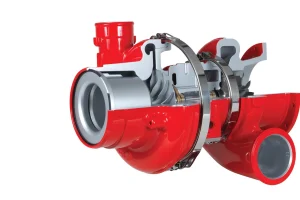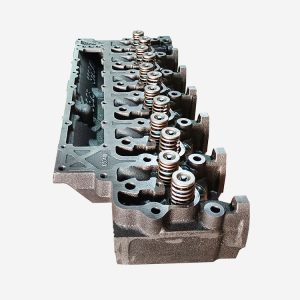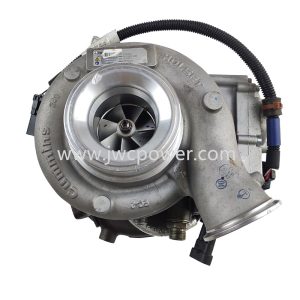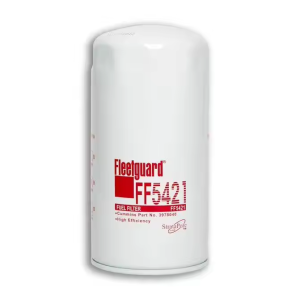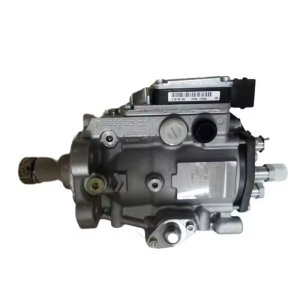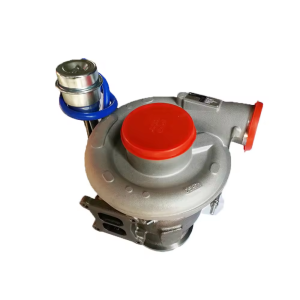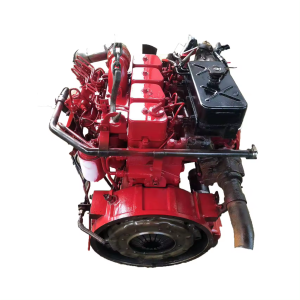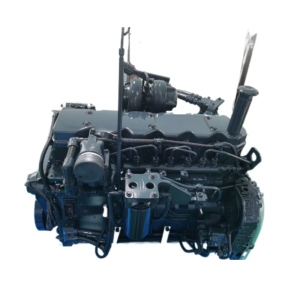When it comes to engine performance and longevity, the cooling system plays a crucial role—especially the water pump. Cummins, a global leader in diesel and natural gas engines, designs water pumps specifically for their diverse range of engine models. But how do Cummins water pumps compare across these models? In this post, we’ll explore key differences, performance factors, and what to consider when choosing a water pump for your Cummins engine.
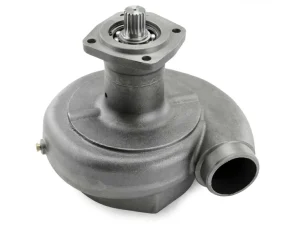
Understanding the Role of Water Pumps in Cummins Engines
Water pumps circulate coolant through the engine block, cylinder heads, radiator, and heater core to maintain optimal engine temperature. Without a properly functioning water pump, engines can overheat, leading to serious damage and costly repairs. Therefore, water pumps are essential for maintaining the reliability and efficiency of Cummins engines.
Variations in Water Pumps by Engine Model
Cummins manufactures engines ranging from light-duty to heavy-duty applications. The water pumps for these engines differ significantly to meet the demands of each model:
- Light-Duty Engines (e.g., Cummins ISB 6.7):
These engines typically use smaller, compact water pumps designed for lower flow rates and moderate cooling needs. Their pumps prioritize efficiency and quiet operation. - Mid-Range Engines (e.g., Cummins ISL, ISC Series):
Water pumps for these engines offer higher flow rates to manage increased heat generated by medium-duty engines. They often feature durable materials and improved sealing to extend lifespan. - Heavy-Duty Engines (e.g., Cummins ISX, X15):
These engines require robust, high-capacity water pumps capable of handling extreme operating conditions. Heavy-duty pumps incorporate reinforced components and are engineered to deliver maximum coolant flow, ensuring the engine remains cool under high loads.
Key Factors Differentiating Cummins Water Pumps
- Flow Rate Capacity:
Higher horsepower engines require water pumps with greater flow rates to dissipate heat effectively. - Material and Build Quality:
Cummins uses cast iron, aluminum, and sometimes composite materials depending on engine size and application. Heavy-duty pumps tend to have more rugged construction. - Sealing and Bearing Design:
Enhanced seals and bearings are implemented in higher-end models to improve durability and reduce maintenance frequency. - Compatibility and OEM Standards:
Each water pump is designed to OEM specifications tailored for precise fit and optimal performance with specific engine models.
Signs You May Need to Replace Your Cummins Water Pump
Regardless of model, water pumps eventually wear out. Watch for symptoms such as coolant leaks, engine overheating, unusual noises from the pump area, or visible damage during inspection. Using the correct water pump designed for your engine model is essential to avoid premature failure.
How to Choose the Right Water Pump for Your Cummins Engine
When selecting a replacement or upgrade water pump, consider the following:
- Confirm the exact engine model and serial number.
- Use genuine Cummins OEM parts or certified aftermarket replacements.
- Consult Cummins service manuals for pump specifications.
- Factor in your engine’s typical workload and operating environment.
Conclusion: Tailored Cooling Solutions for Every Cummins Engine
In summary, Cummins water pumps vary across engine models to deliver tailored cooling solutions that match the power and operational demands of each engine. From light-duty to heavy-duty applications, selecting the right water pump helps ensure optimal engine performance and longevity. When in doubt, always rely on genuine parts and professional advice to keep your Cummins engine running smoothly.

